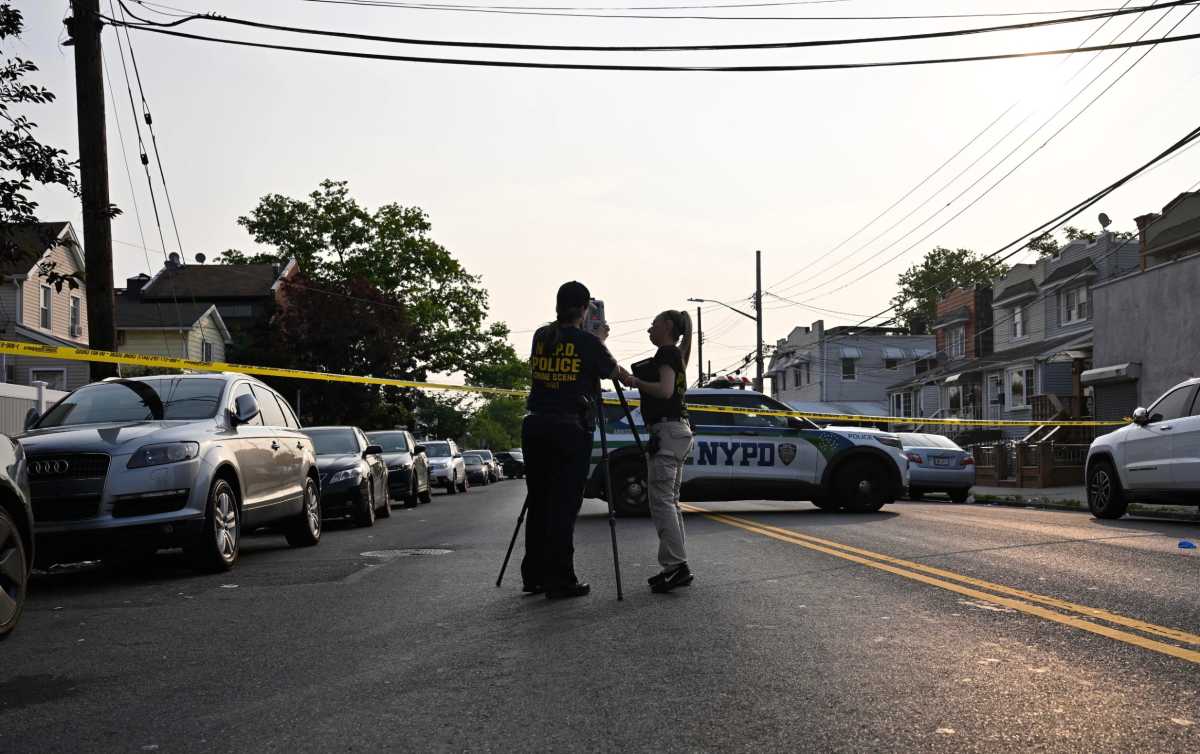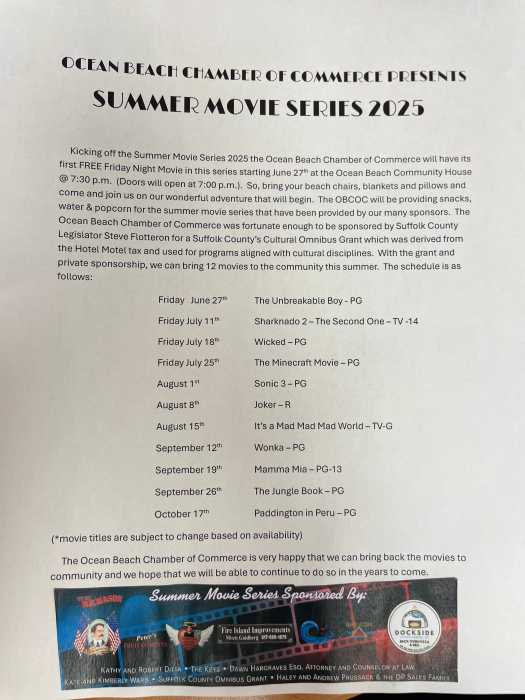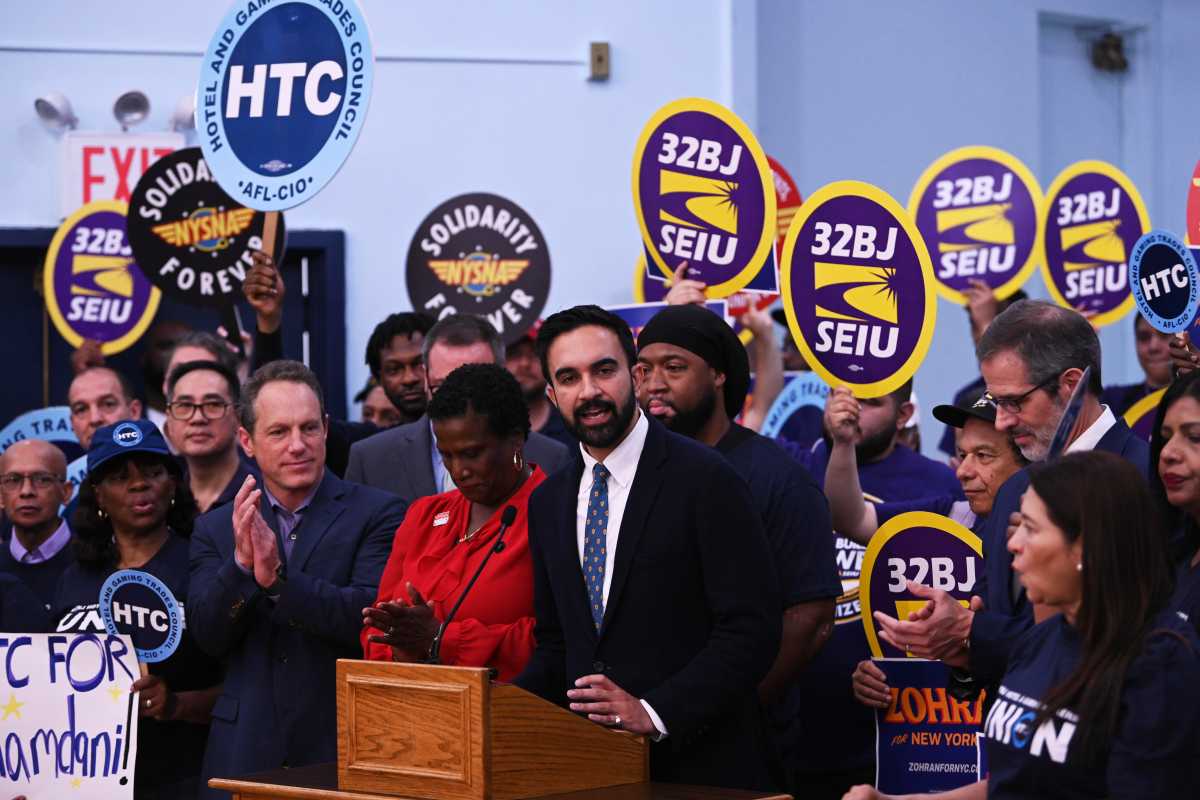Not going to the principal’s office
The former executive director of the nonprofit Better Brooklyn Community Center was brought to Brooklyn Federal court last week on charges that he lunched on $500,000 in funds that were supposed to go to feed children in his after-school program.
The allegations against Andy Lewis were filed by the United States Department of Agriculture, who said that the money was taken from their National Child Food Program.
Federal prosecutors said that Lewis ran a series of Better Brooklyn Community Centers from 2002 until they were finally shut down in 2008.
The group ran after-school programs and a day care at a host of locations throughout downtown Brooklyn and Brooklyn Heights.
Officials said that in 2004, Lewis applied to join the National Child Food Program, claiming that he and his workers were going to start to prepare lunches and snacks for their children.
The application was approved and Lewis received over $520,000 in program funds over the next few years.
But prosecutors said that in reality he never made a single sandwich for the children, although the U.S. Department of Agriculture received updated reports from Lewis indicating that he was using the money to feed anywhere from 355 to 385 children a day.
When the Department of Agriculture made an unannounced visit to Lewis’ operation in 2006, they learned that “Better Brooklyn had no facilities for food preparation,” according to court documents.
Workers at the centers told inspectors that besides the occasional snack, they were never asked to provide prepared meals to children under their care.
Benton J. Campbell, the U.S. Attorney for the Eastern District, said that Lewis’ actions were “reprehensible” in these trying economic times.
“Lewis’s scheme may have seemed as easy to him as taking candy from a baby, but it was much worse,” added FBI Assistant Director-in-Charge Mark Mershon. “Effectively, he stole nutritious food from the mouths of hundreds of the city’s children. And in stealing hundreds of thousands of federal program dollars, Lewis ultimately victimized all of us taxpayers.”
If found guilty, Lewis could face up to 20 years in prison.
Calls to Lewis and his attorney were not returned.
Lewis made headlines last year when he shut down one of his day care centers and refused to give the tuition money back to the parents.
A judge had to hammer out the root causes behind the death of a Department of Sanitation worker killed after he was sprayed in the face with acid as he picked apart the widow’s lawsuit against both the city, as well as the chemical company that manufactured the acid.
In recently released court papers, Judge Martin Solomon said that he found no evidence to link either the City of New York or the Quaker Chemical Company at fault in the death of Michael Hanly.
The beloved sanitation worker was killed back in 1996 after he was sprayed in the face with hydrofluoric acid spewing from the back of his hopper when it crushed a container holding the noxious liquid.
Hanly was picking up trash outside of an address in Bensonhurst. The canister of acid had been put out for pick up, officials said.
According to court documents, when the hopper closed, the canister was crushed and the acid inside spewed out.
Hanly was hit in the face, chest and hands.
He died after inhaling the acid, officials said.
Following Hanly’s death, his wife Catherine filed a negligence suit against the city, the property owner where the acid was left out to be picked up as well as the acid manufacturer, claiming that they had not put proper warning labels on the container.
The city was hit with a negligence suit, claiming that Hanly had not been properly trained on how to handle hazardous materials.
In response motions, attorneys for the acid manufacturer said that they have followed all federal guidelines and that there was no evidence linking them to the disposal.
Investigators never discovered just who put the container among the trash, according to court documents.
Judge Solomon also dismissed the suit against the city, claiming that there was proof that Handy had been trained and that the sanitation truck and other equipment were functioning property.
Solomon did not dismiss the suit against the owner of the apartment building. Allegations against the building owner should go to the jury who could “reasonably infer” that the building owner was culpable.

























